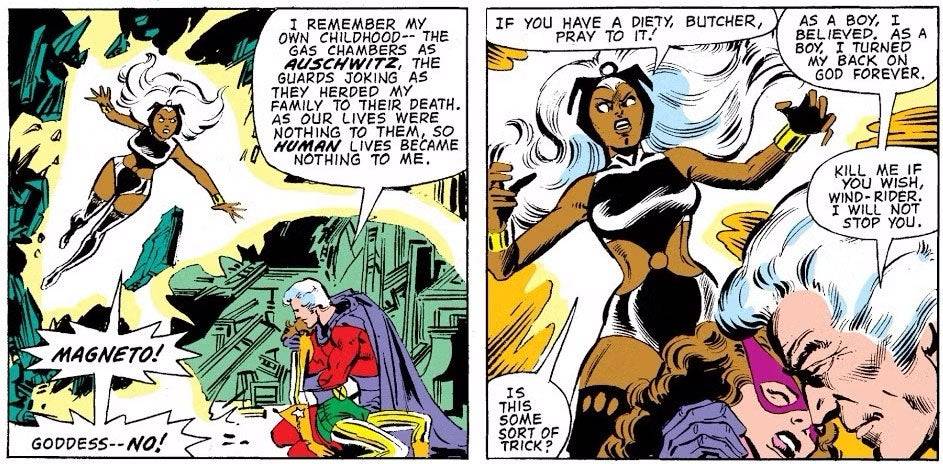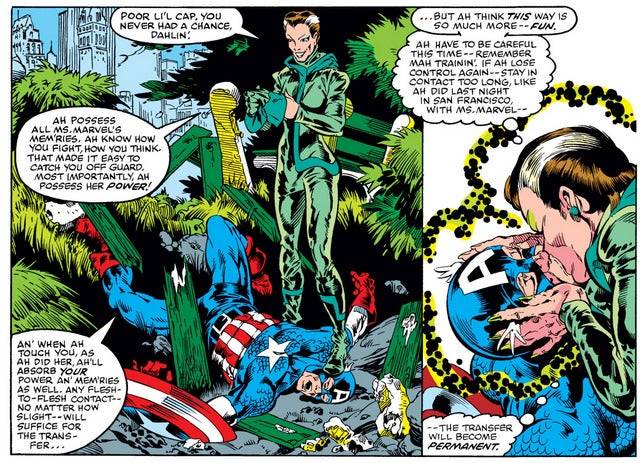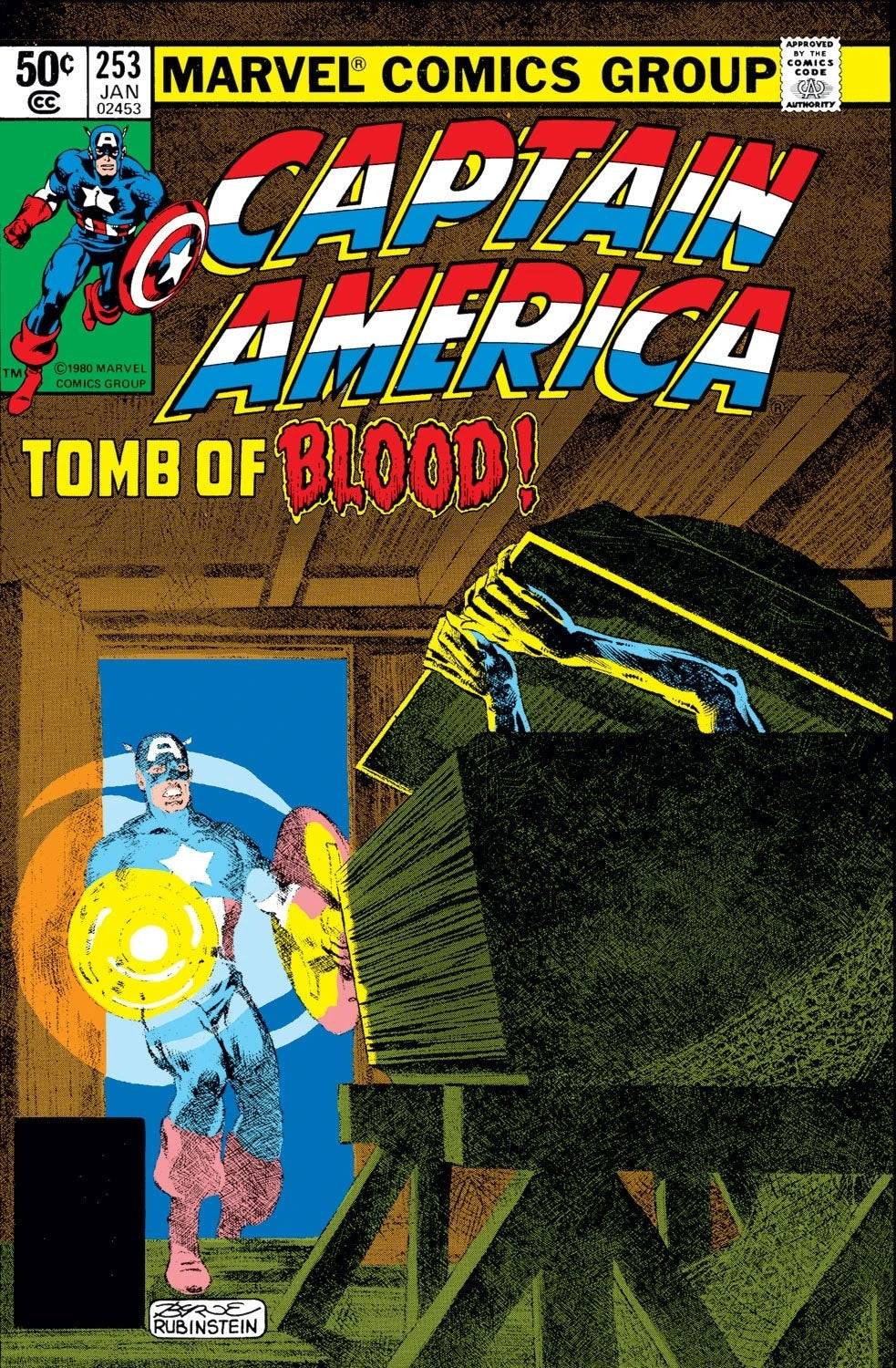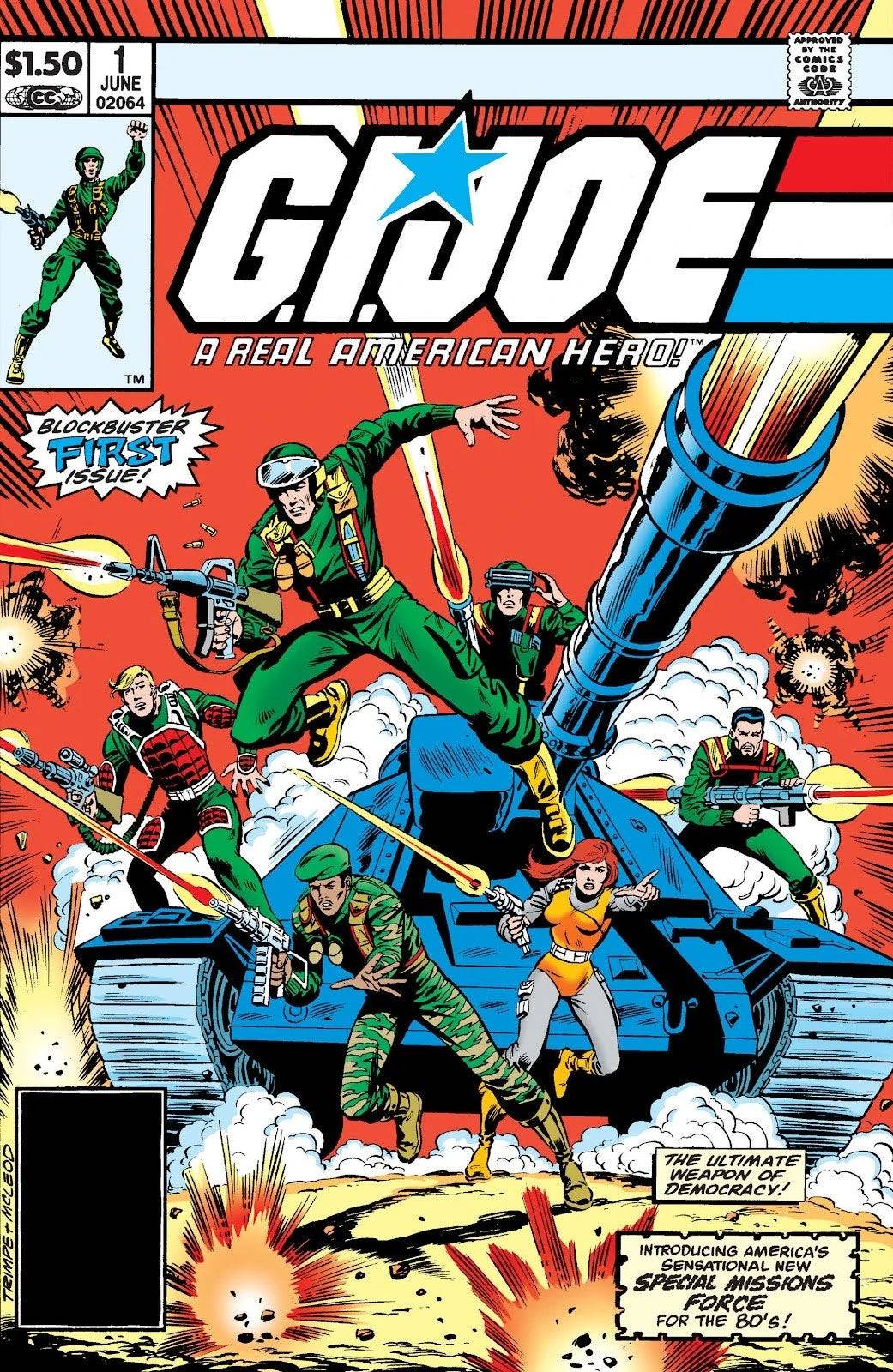The 1970s were a turbulent yet innovative time for Marvel Comics, marked by significant storylines like "The Night Gwen Stacy Died" and Doctor Strange's encounter with God. However, it was the 1980s that truly heralded a golden age for the company, featuring iconic runs by some of Marvel's greatest creators. This period saw Frank Miller's transformative work on Daredevil, John Byrne's acclaimed Fantastic Four, David Michelinie's influential Iron Man, and the peak of Chris Claremont's legendary tenure on X-Men. Other notable contributions included Roger Stern's Amazing Spider-Man and Walt Simonson's Thor. These creators and their works are pivotal to understanding the enduring legacy of these characters in today's Marvel Universe.
The 1980s can be considered Marvel's true golden age. In this installment, Part 7 of our series on essential Marvel issues, we delve deeper into this transformative decade.
More Essential Marvel
- 1961-1963 - The Birth of a Universe
- 1964-1965 - The Sentinels Are Born and Cap Dethaws
- 1966-1969 - How Galactus Changed Marvel Forever
- 1970-1973 - The Night Gwen Stacy Died
- 1974-1976 - The Punisher Begins His War on Crime
- 1977-1979 - Star Wars Saves Marvel From Bankruptcy
- The Dark Phoenix Saga and Other All-Time X-Men Stories
Chris Claremont's X-Men Legacy
Chris Claremont's influential run on X-Men began in 1975, but it was during the early 1980s that he crafted some of the franchise's most iconic stories. The Dark Phoenix Saga, spanning X-Men #129-137, is perhaps the most renowned X-Men story ever told. It chronicles Jean Grey's transformation into the Dark Phoenix, a cosmic entity corrupted by the Hellfire Club, turning her into a formidable adversary. This epic, co-plotted and illustrated by John Byrne, not only tells a gripping tale but also introduces key characters like Kitty Pryde (Shadowcat), Emma Frost, and Dazzler. Jean Grey's sacrifice remains one of the most poignant moments in X-Men lore, despite her eventual return. The story has been adapted into various media, including films and animated series, though many fans believe it hasn't been fully captured on screen.
Following closely, the Days of Future Past storyline in X-Men #141-142 features a dystopian future ruled by Sentinels, with Kitty Pryde traveling back in time to prevent the assassination of Senator Robert Kelly. This compact yet powerful arc has been revisited numerous times and was adapted into the 2014 film and the season arc of Wolverine & the X-Men.
X-Men #150 further enriches the saga with a confrontation between the X-Men and Magneto, revealing his Holocaust survivor backstory, a pivotal development that shaped his future as a more nuanced character.

New Characters and Teams
The 1980s also introduced significant new characters to the Marvel Universe. Rogue, who debuted in Avengers Annual #10 as a villainous member of Mystique's Brotherhood of Evil Mutants, became one of the most beloved X-Men. Her initial encounter with Carol Danvers (Ms. Marvel) drastically altered both characters' paths. Despite the controversial content involving Carol in Avengers #200, Avengers Annual #10 remains a critical piece of Marvel history.

She-Hulk, created by Stan Lee, made her first appearance in Savage She-Hulk #1. Jennifer Walters, Bruce Banner's cousin, gained powers through an emergency blood transfusion. Although her initial series was not well-received, She-Hulk's character flourished within the Avengers and Fantastic Four, later brought to life by Tatiana Maslany in her MCU series.
The New Mutants, Marvel's first X-Men spin-off, debuted in Marvel Graphic Novel #4 and then in their own series. This team of young mutants, including Cannonball, Sunspot, Karma, Wolfsbane, and Dani Moonstar (Mirage), with Illyana Rasputina (Magik) joining later, laid the foundation for future stories, notably featured in the 2020 film.
Iconic Storylines for Other Heroes
Daredevil #168 marked the start of Frank Miller's transformative run, introducing Elektra and reshaping Daredevil's narrative with gritty realism and noir elements. This run, including the dramatic death and resurrection of Elektra, influenced the 2003 film and the Netflix series, with the upcoming MCU show Daredevil: Born Again set to continue this legacy.
Iron Man's Doomquest in issues #149-150, part of David Michelinie and Bob Layton's final collaboration, saw Iron Man facing Doctor Doom in a time-traveling adventure to Arthurian legend. This story cemented Doom's place in Iron Man's rogues gallery.

Captain America #253-254, by Roger Stern and John Byrne, featured a darker tale of Cap battling the Nazi vampire Baron Blood, showcasing exceptional storytelling and artwork.
Moon Knight and G.I. Joe
Moon Knight transitioned from villain to hero with his own series in Moon Knight #1, establishing his complex backstory and alternate personalities, laying the groundwork for all future narratives.

Although G.I. Joe is not owned by Marvel, the company played a crucial role in developing its mythology through the comic series starting in 1982. Larry Hama's work on the G.I. Joe comic, including the creation of key characters and storylines, made it one of Marvel's most popular titles, appealing especially to female readers due to its strong female characters.















